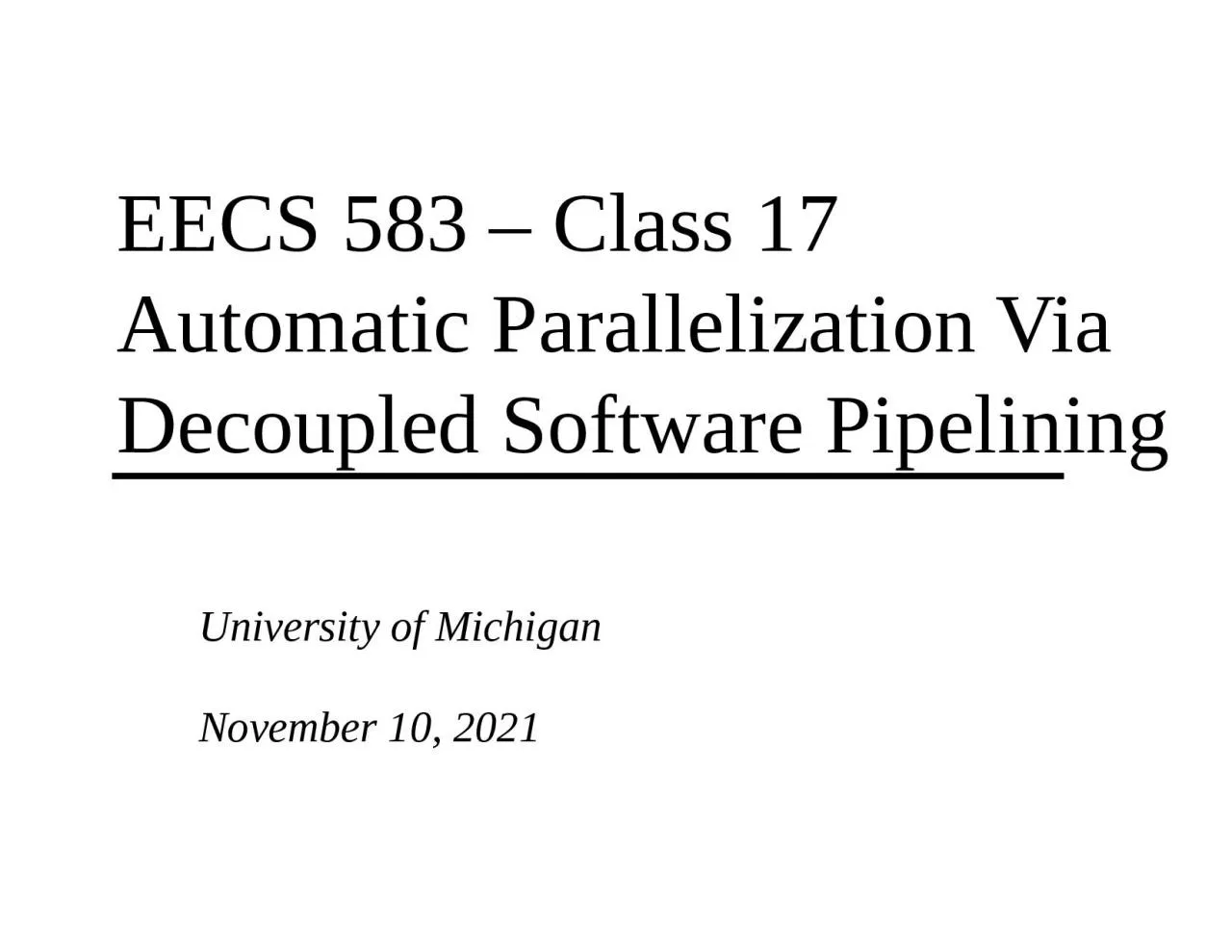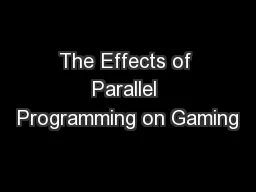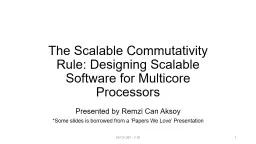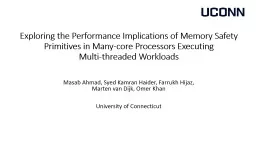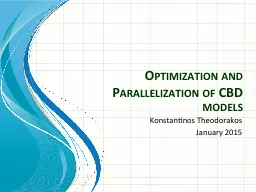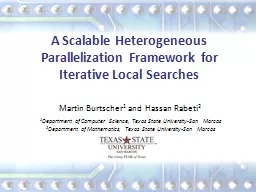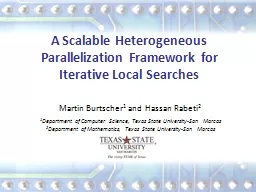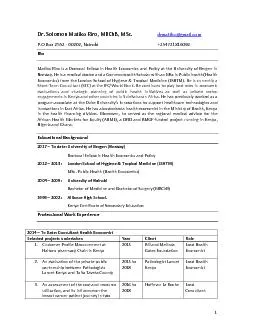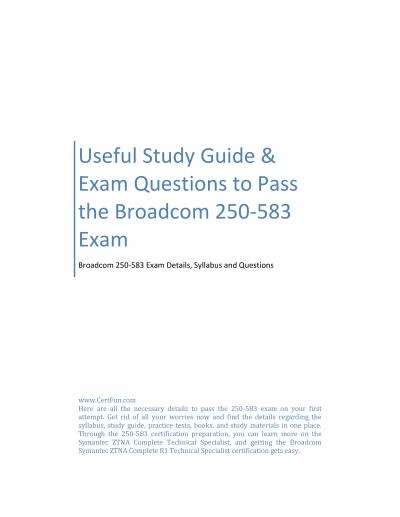PPT-EECS 583 – Class 17 Automatic Parallelization Via
Author : oryan | Published Date : 2024-02-02
Decoupled Software Pipelining University of Michigan November 10 2021 Announcements Reading Material Research paper presentations 3 more today my last presentation
Presentation Embed Code
Download Presentation
Download Presentation The PPT/PDF document "EECS 583 – Class 17 Automatic Parallel..." is the property of its rightful owner. Permission is granted to download and print the materials on this website for personal, non-commercial use only, and to display it on your personal computer provided you do not modify the materials and that you retain all copyright notices contained in the materials. By downloading content from our website, you accept the terms of this agreement.
EECS 583 – Class 17 Automatic Parallelization Via: Transcript
Download Rules Of Document
"EECS 583 – Class 17 Automatic Parallelization Via"The content belongs to its owner. You may download and print it for personal use, without modification, and keep all copyright notices. By downloading, you agree to these terms.
Related Documents

